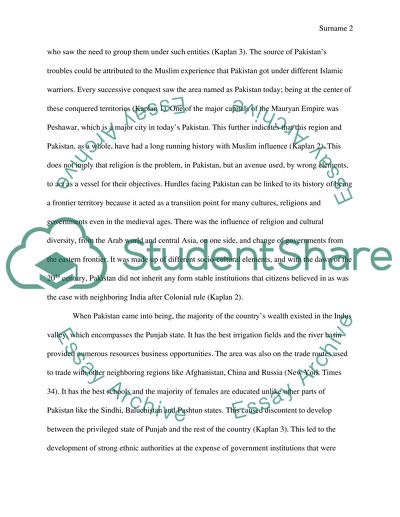Cite this document
(“Pakistan Research Paper Example | Topics and Well Written Essays - 1250 words”, n.d.)
Retrieved from https://studentshare.org/english/1464105-pakistan
Retrieved from https://studentshare.org/english/1464105-pakistan
(Pakistan Research Paper Example | Topics and Well Written Essays - 1250 Words)
https://studentshare.org/english/1464105-pakistan.
https://studentshare.org/english/1464105-pakistan.
“Pakistan Research Paper Example | Topics and Well Written Essays - 1250 Words”, n.d. https://studentshare.org/english/1464105-pakistan.


